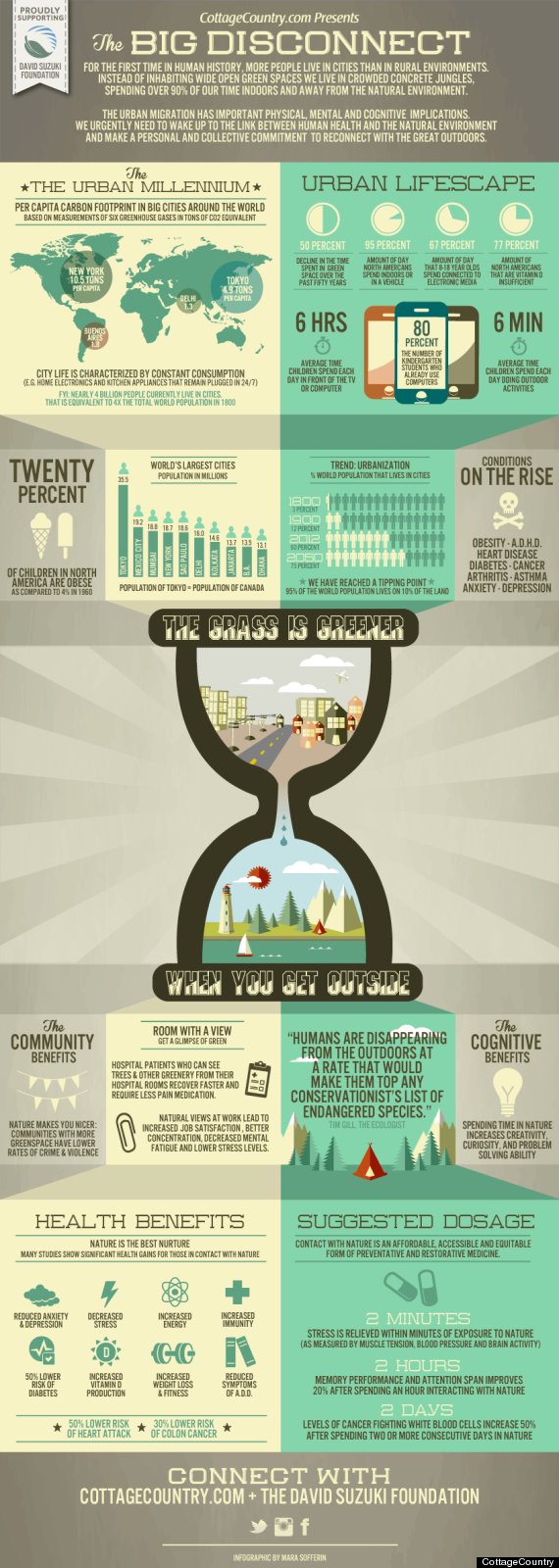We all tell our children not to talk to strangers, get in cars with anyone or take candy from strangers but we have forgotten one big stranger to warn them about... Online safety!
Advice on what children do on the internet, social networking websites and online games
Children and young people spend a lot of time online and may face risks such as
cyberbullying or being exposed to inappropriate content.
Whether you're unsure about what happens online or are familiar with new technology, it's important that you
talk to your child about staying safe.
It
may feel daunting, but you don't need to be an expert on the internet.
Understanding what children do online and the risks they face will help
you keep your child safe online.
What children do online and through
social networking
Children
and young people go online to connect with friends, and make new ones,
to browse the internet for information, chat with others and play games.
They may:
- search for information or content on search engines like Google and Bing
- share images and watch videos through websites or mobile apps like Instagram, Pinterest, Vine and YouTube
- use social networking websites like Facebook and Twitter
- write or reply to messages on forums and message boards
- play games alone or with others through websites, apps or game consoles
- chat with other people through online games, BBM (Blackberry Messenger), games consoles, webcams, social networks and tools like Whatsapp
When
online, children and young people can learn new things, get help with
homework, express themselves creatively and connect with friends and
family.
There are also risks, but by understanding and talking about the dangers you can help keep your child safe online.
Cyberbullying
Cyberbullying
is bullying that takes place online, on social networks or through
online gaming. Children often feel there is no escape from
cyberbullying, which can be very damaging to a child's health.
Children and young people may see illegal or inappropriate content online, such as:
- pornography
- child abuse images
- dangerous advice encouraging eating disorders, self harm or suicide
- excessive violence or race hate materials.
Some websites may contain illegal materials. Others may be legal, but have unregulated advice or are meant for adults only.
Children
may access inappropriate content accidentally, or intentionally through
curiosity. They may also be enticed by promises of special offers or
prizes.
How much illegal or inappropriate content is onlineAlthough
it's difficult to estimate how much content is unsuitable for children,
recent figures suggest that there are large amounts of inappropriate
content available:
The damaging effects of pornography on childrenChildren are increasingly accessing pornography online.
This is often accidental, although older children may be curious and search for more sexualised or risky content.
Exposure to this content can have distressing and damaging effects on children:
Some websites and games use age restrictions and checks to ensure that children don't see unsuitable content.
Children
must be at least 13 to register on most social networking websites.
However, there are often few barriers to prevent them from joining at a
younger age.
The age limit is an important safety measure and you
shouldn't feel pressurised into letting younger children join these
websites.
Children
and young people may chat or become 'friends' with people they don't
know or have never met, on social networks or online games.
The percentage of online friends that children did not know outside of being online was:
This makes children vulnerable to
bullying,
grooming and sharing personal information.
Grooming and sexual abuse
Grooming is where someone builds an emotional connection with a young person in order to
sexually abuse them.
It
can happen on social networking sites, chatrooms and online gaming
sites and can also lead to face to face meetings between an adult and a
child.
The risks children face online: groomingThis
video from CEOP explains what
grooming is, how it happens and what to look out for.
Privacy controls can limit who can see your details, although making 'friends' will give someone access to your information.
Some
'free' games may also require an extensive profile which game owners
could then illegally use to rent or sell the child's data.
Switch off or adjust settings using GPS or location trackingMany
apps and social networking sites use software to locate where the user
is. Children and young people can also reveal their location by tagging
photos, e.g. in Instagram, checking in on Facebook or Foursquare.
If
these apps are not used carefully it can make a young person vulnerable
to people know where they live, socialise work or study.
Gambling or running up debts
Many
online games are free but offer items to purchase such as extra lives
or new levels. Children may run up big bills without realising.
Gambling
sites have strict measures to ensure that their users are adults, but
young people aged 18 and over may also be enticed by offers and prizes
on gambling websites and build up large debts.





